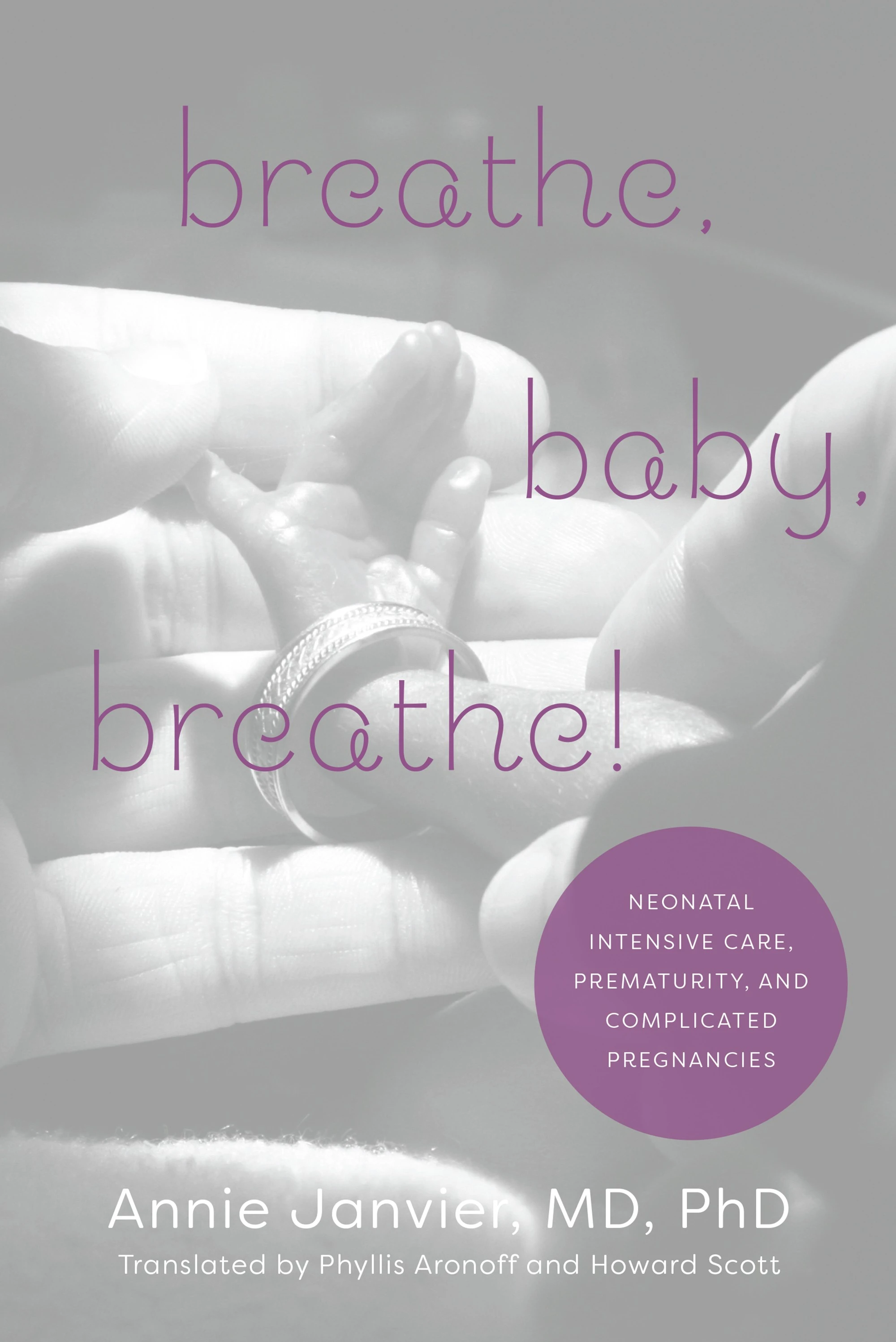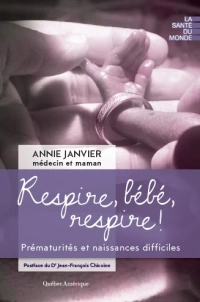Acute phase reactants increase for many different reasons, such as being born. Other causes of increased CRP include maternal antibiotic prophylaxis, TTN, HMD, Surfactant treatment, meconium aspiration syndrome, prolonged rupture of membranes, HIE, higher birthweight, gastroschisis, and probably someone scowling at the baby,
They do not rise instantly when a baby is infected, but take a variable amount of time to go up. Specificity and sensitivity for bacterial sepsis are both very poor, we should stop using them for late onset sepsis. A Cochrane review, latest update 2019, revealed a sensitivity of 0.74 and a specificity of 0.62 for late onset sepsis, which, combined with the fact that the majority of screens for late onset sepsis are negative, means that the PPV for a raised CRP is less than 20%, and the NPV of a low CRP is about 5%
For early onset sepsis, there are still many places where they are included in initial evaluation, and repeated CRPs may be used to decide on continuing antibiotic treatment. In some studies an increased CRP is used to define late-onset sepsis, even in well-appearing babies. Which leads to some interesting circular arguments about who should be treated with prolonged antibiotic courses.
This latest study (Dhudasia MB, et al. Diagnostic performance and patient outcomes with C-reactive protein use in early-onset sepsis evaluations. J Pediatr. 2023) is about babies admitted to 2 NICUs. It covers periods with routine CRP measurement as part of an EOS evaluation, and then a second period when CRPs were no longer routine, they were not banned, but became progressively less frequently requested.
They give results from 2009-2014, where CRP was routine “10,134 infants were admitted; 9,103 (89.8%) had CRP and 7,549 (74.5%) had blood culture obtained within 3 days of birth. CRP obtained ±4 hours from blood culture had a sensitivity of 41.7%, specificity 89.9% and positive likelihood ratio 4.12 in diagnosis of EOS. When obtained 24-72 hours after blood culture, sensitivity of CRP increased (89.5%), but specificity (55.7%) and positive likelihood ratio (2.02) decreased”.
They then compare approximately equal periods of about 2 years each with (n=4,977) and without (n=5,135) routine use of CRP. Of note the later period was also the time when the centres started using the Kaiser EOS calculator for the term and late preterm babies, and stopped doing some sepsis evaluations in preterm babies with ultra-low risk delivery characteristics. “We observed lower rates of EOS evaluation (74.5% vs. 50.5%), antibiotic initiation (65.0% vs. 50.8%), and antibiotic prolongation in the absence of EOS (17.3% vs. 7.2%) in the later period”.
They also showed no difference in the incidence of EOS (about 2 per thousand), no difference in how long it took for septic babies to receive antibiotics, and no differences in clinical outcomes.
CRP results do not sufficiently discriminate between infected and non-infected babies to be useful. This is true for EOS and for LOS. Abandoning CRP use has no adverse impact, but reduces antibiotic exposure of non-infected babies.









Are there still clinical recommendations out there from professional associations what recommend clinicians to do CRPs?
Yes, unfortunately there are. The NICE guideline in the UK recommends CRP at baseline for EOS, and repeat at 18 to 24 hours. They also recommend to only stop the antibtiotics at 36 hours when cultures are negative AND the initial clinical suspicion was not strong, AND the baby is clinically well AND “the levels and trends of CRP are reassuring”. There is no definition of what levels and trends are reassuring, or what they mean by initial suspicion not strong, and no references to support the discriminatory value of CRP in EOS.
Keith – why is it so hard to “unlearn” or “undo” practice??? We have known that CRPs are CRAP for quite some time – and the idea that they are still routine in many units is disconcerting. Wasted time, energy, blood, pain AND prolongation of antibiotic therapy. Perhaps we need a just say no to CRPs? Some sort of nudge or forcing function in the EMR? I don’t claim to have the best answer – but perhaps others have tested ideas to “unlearn” this Crappy practice!
I agree, CRP as a single marker used for decision-making is crap. On the other hand, CRP or other biomarkers as part of an algorithm may be helpful. We just don’t know what works best and we have to start a truly factual approch to get better (Nature Communic 2023;14(1):2423). The recently published AENEAS study reports some facts of 13 networks in Australia, Europe and North America (JAMA Network Open 2022:e2243691). The sepsis calculator is a step in the right direction, but overtreatment remains still very high. We can do better – we have to, for our future generations. Less antibioitics for babies, let’s get started.